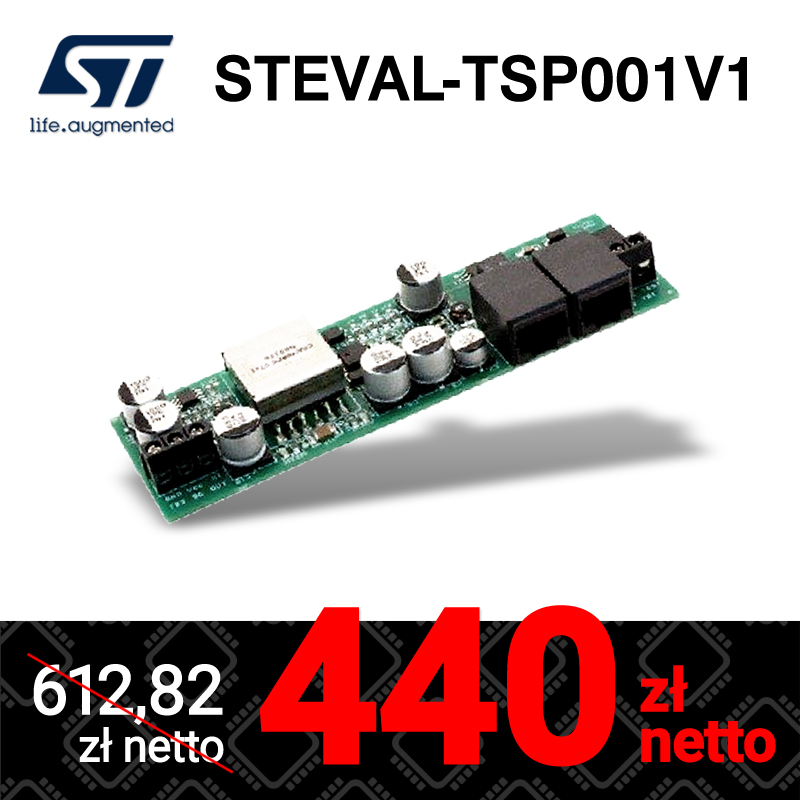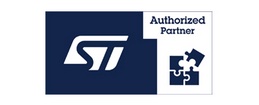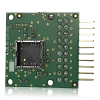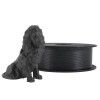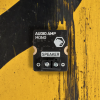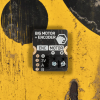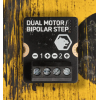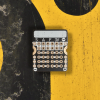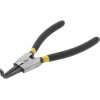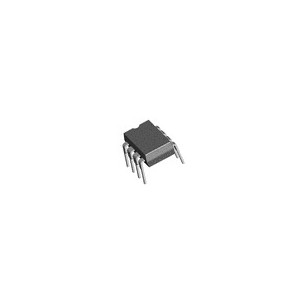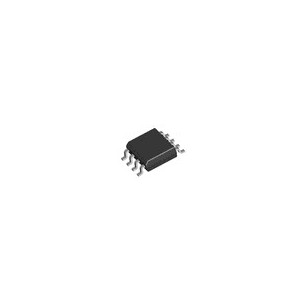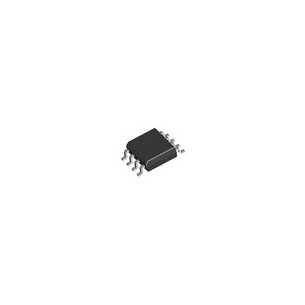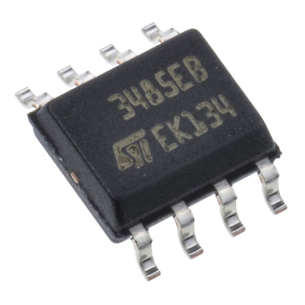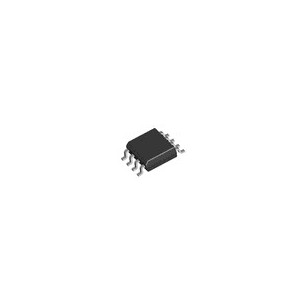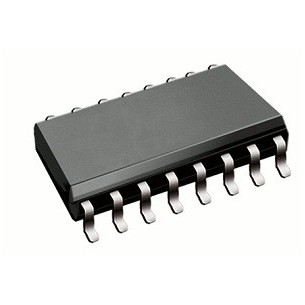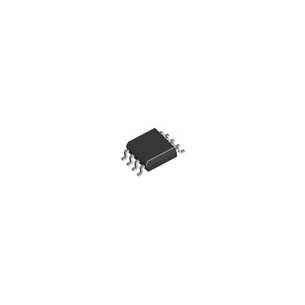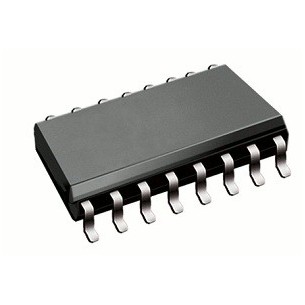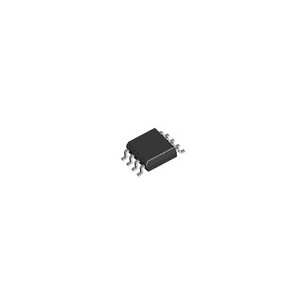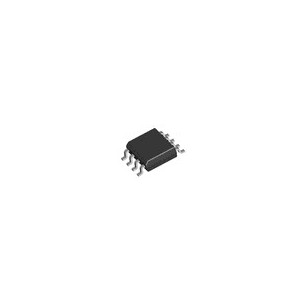Products
Categories
- Main categories
-
- 3D PRINTING
- ARDUINO
- AUTOMATION
- BOOKS
- CYBERSECURITY
- EDUCATION
- ELECTRONICS
- Cables
- Cameras and accessories
- Communication
- Conductive materials
- Connectors
- ARK connectors (Terminal Block)
- Banana connectors
- Coaxial connectors (RF)
- Connectors
- Crocodile clip
- D-Sub drawer connectors
- DC power connectors
- FFC/FPC ZIF connectors
- Goldpin connectors
- IDC connectors
- JACK connectors
- JST connectors
- Jumpers
- Memory cards slots
- Other connectors
- Pogo pin
- Quick couplers
- RJ45 connectors
- Slip ring connector
- Supports
- USB connectors
- USB PD Adapters for Laptops
- WF connectors
- Cooling
- Displays
- Electronic modules
- A/D and D/A converters
- Audio
- Barcode readers
- CAN converters
- Converters USB - UART / RS232
- Cryptographic module
- Data logger
- DDS/PLL generators
- Digital potentiometers
- Encoders
- Expanders of the I/O
- Fingerprint readers
- Galvanic isolation modules
- HMI modules
- Image and video
- JTAG accessories
- Keyboards, buttons
- LED drivers
- Memory card readers
- Memory modules
- Modules with power outputs
- Motor controllers
- Power modules
- RS485 converters
- RTC modules
- Servo Controllers
- TSOP infrared receivers
- USB Converters - I2C / 1-Wire / SPI
- Voltage converters
- Gadgets
- GPS
- Intelligent clothes
- LED - diodes, displays, stripes
- Luminous wires and accessories
- Machine vission (MV)
- Memory cards and other data storages
- Passive elements
- PC accessories
- Printers
- Programatory czasowe
- Prototype boards
- Relays
- Semiconductors
- A/C converters (ADC)
- Analog systems
- Audio systems
- Bridge rectifiers
- Button
- D/A Converters (DAC)
- DDS synthesizers
- Digital circuits
- Diodes
- Drivers of motors
- DSP microprocessors
- Energy counters
- Energy harvesting
- ESD security
- IGBT drivers and bridges
- Interface systems
- LED drivers
- Logic converters
- Memory
- Microcontrollers
- Optotriacs and optocouplers
- Other
- PLL generators
- Power systems
- Programmable systems
- Resetting systems
- RF systems
- RTC systems
- Sensors
- SoC systems
- Timery
- Touch sensors
- Transistors
- Sensors
- Accelerometers
- Air humidity sensors
- Air quality sensors
- Current sensors
- Distance sensors
- Flow sensors
- Gas sensors
- Gyroscopes
- Hall sensors
- Humidity sensors
- Infrared sensors
- Laser scanner
- Light and color sensors
- Liquid level sensors
- Magnetic sensors (compasses)
- Medical sensors
- Motion sensors
- PH sensors
- Position sensors
- Pressure sensors
- Pressure sensors
- Reflection sensors
- Sensors 6DOF/9DOF/10DOF
- Sensors of liquid quality
- Temperature sensors
- Vibration sensors
- Sound transducers
- Switches and buttons
- Cables
- FPGA DEVELOPMENT KITS
- MEASURING DEVICES
- Anemometers
- Cable testers
- Distance measurement
- Electronic loads
- Generators
- Insulation resistance meters
- LCR meters
- Logic analyzers
- Measures and calipers
- Multimeters
- Network analyzers
- Oscilloscopes
- Other meters
- Panel meters
- Radiation detectors
- Sound meters
- Temperature measurement
- Testery USB
- Voltage indicator
- Wattmeters
- Weights
- MECHANICS
- MINICOMPUTERS (SBC)
- POWER
- RASPBERRY PI
- Accessories for Raspberry Pi
- Audio video cables for Raspberry Pi
- Case Raspberry Pi
- Cooling for Raspberry Pi
- Displays for Raspberry Pi
- Extension modules for Raspberry Pi
- Memory cards for Raspberry Pi
- Power for Raspberry Pi
- Raspberry Pi 3 model A+
- Raspberry Pi 3 model B
- Raspberry Pi 3 model B+
- Raspberry Pi 4 model B
- Raspberry Pi 400
- Raspberry Pi 5
- Raspberry Pi 500
- Raspberry Pi cameras
- Raspberry Pi Compute Module
- Raspberry Pi model A/ B+/2
- Raspberry Pi Pico
- Raspberry Pi prototyping
- Raspberry Pi Zero
- Raspberry Pi Zero 2 W
- RETIRED PRODUCTS
- SALE
- STARTER KITS, PROGRAMMERS, MODULES
- Atmel SAM
- Atmel Xplain
- AVR
- Coral
- DFRobot FireBeetle
- ESP32
- ESP8266
- Feather / Thing Plus
- Freedom (Kinetis)
- M5Stack
- Micro:bit
- Nordic nRF
- Other development kits
- Particle Photon
- Peripheral modules
- PIC
- Raspberry Pi RP2040
- RFID
- RISC-V
- Seeed Studio LinkIt
- Segger programmers
- SOFTWARE
- Sparkfun MicroMod
- STM32
- STM32 Discovery
- STM32 MP1
- STM32 Nucleo boards
- STM8
- Teensy
- Universal programmers
- WRTNode
- XIAO/Qt PY
- Atmel SAM
- WORKSHOP
- Adhesives for hot glue guns
- Chemistry
- Agents for securing electronics
- Cleaning and preserving agents
- Compressed air
- Conductive paints and varnishes
- Distilled water
- Etcher
- Freezing
- Gas for lighters and burners
- Isopropyl alcohol (IPA)
- Label removers
- Lubricants, oils
- Pastes and adhesives thermally conductive
- PCB cleaning products
- Thermopads - thermally conductive tapes
- CNC milling machines
- Crimping tools
- Dispensing needles
- Gluers
- Glues
- Heat-shrink tubing
- Insulation strippers
- Knives
- Laboratory power supplies
- Microscopes
- Mini drills and grindrers
- Organizers
- Personal protection (OHS)
- Power tools
- Sandpapers
- Scissors
- Soldering
- Antistatic mats and accessories (ESD)
- BGA balls
- BGA rework stations
- Brushes and ESD brushes
- Desoldering Wick
- Handles, magnifiers
- Heat guns
- Heaters and soldering irons
- Laminates
- Portable soldering irons
- Silicone Soldering Mats
- SMD Accessories
- Soldering accessories
- Soldering chemistry
- Soldering irons
- Soldering pastes
- Soldering pots
- Soldering stations
- Soldering tips
- Sponges and cleaners
- Stand for soldering irons
- Tin
- Tin extractors
- Ultrasonic cleaners
- Tapes (aluminum, kapton, copper, insulating)
- Tools
- Tweezers
- Vices
- Workshop lighting
- 3D PRINTING
New products
New products New products
Category: RS485
RS485: An Indispensable Communication Standard
Interface circuits play a fundamental role in communication between electronic devices, and the RS485 standard stands out as one of the most advanced and versatile communication protocols. Thanks to its reliability and efficiency, RS485 has found applications in many industries, from industrial automation to monitoring and control systems. Offering high resistance to electromagnetic interference and the ability to communicate over long distances, RS485 is an indispensable element in the design of modern electronic systems. Its future looks equally promising, with the dynamically growing demand for IoT and Industry 4.0 solutions. The high signal stability and configuration flexibility enable the creation of complex communication networks that are the foundation of contemporary intelligent technological solutions. Therefore, RS485 remains a key standard in the field of electronics and automation.
There are 12 products.
The ST3485EBDR is a high-performance RS422/RS485 interface that provides bidirectional data transmission at up to 12 Mbps at 3.3 V DC, ideal for industrial applications. The device provides ESD protection up to ±15 kV and operates in temperatures from -40°C to 85°C, offering reliability and easy integration in a compact SO8 package.
The RS-485 / RS-422 transceiver from Maxim Integrates in the SO8 housing, allows the transmission of a signal with a throughput of up to 2.5Mbit / s, it has the ability to support up to 32 devices on a shared bus
No product available!
No product available!
No product available!
No product available!
No product available!
ST485BDR is a low-current RS-485/RS-422 transceiver with one transmitter and one receiver, enabling bidirectional half-duplex communication. It is characterized by low current consumption (300 µA) and protection against overload and overheating, which makes it ideal for various industrial applications.
No product available!
Technological Advancement of RS485
The RS485 standard is characterized by advanced technology that enables data transmission at speeds of up to 10 Mbps over distances of up to 1200 meters. Thanks to differential signal transmission, RS485 is exceptionally resistant to electromagnetic interference, making it an ideal solution in industrial environments with high noise levels. The use of half-duplex technology and the ability to connect up to 32 devices on a single communication bus make RS485 extremely flexible and efficient in complex communication systems.
Standards and Parameters of RS485
RS485 meets rigorous international standards, ensuring its compatibility and reliability in various applications. The key parameters of this standard include high transmission speed, long communication distance, and interference resistance. The RS485 specification also provides for minimum requirements regarding differential signal voltage and maximum permissible noise voltage levels, ensuring stable and secure communication. These features make RS485 widely used in building automation systems, computer networks, and industrial applications.
Wide Applications of RS485
RS485 has found applications in many fields due to its versatility and reliability. In industrial automation, it enables efficient communication between PLC controllers, sensors, and actuators. In monitoring and access control systems, RS485 ensures reliable data transmission between cameras, controllers, and alarm control panels. Additionally, in the energy sector, RS485 is used for monitoring and managing power networks and in building management systems (BMS). Its flexibility also makes it popular in IoT applications, where reliable communication is crucial.
Future Prospects of RS485 Technology
The future of RS485 technology looks promising, especially in the context of the growing demand for IoT and Industry 4.0 solutions. Thanks to its reliability and flexibility, RS485 will continue to play a key role in communication between devices in complex systems. Innovations in miniaturization and integration with modern ASICs will allow even wider application of this standard. Additionally, the development of wireless communication technologies may strengthen the position of RS485 as a key element in hybrid communication systems.
The Key to Modern Electronic Systems
RS485 is an advanced communication standard that, thanks to its parameters, reliability, and wide application, remains an indispensable element in modern interface circuits. Its future is closely tied to the development of IoT and Industry 4.0 technologies, ensuring dynamic growth and even broader application possibilities. Choosing solutions based on RS485 means investing in proven and future-proof technology that will meet even the most demanding communication challenges.

